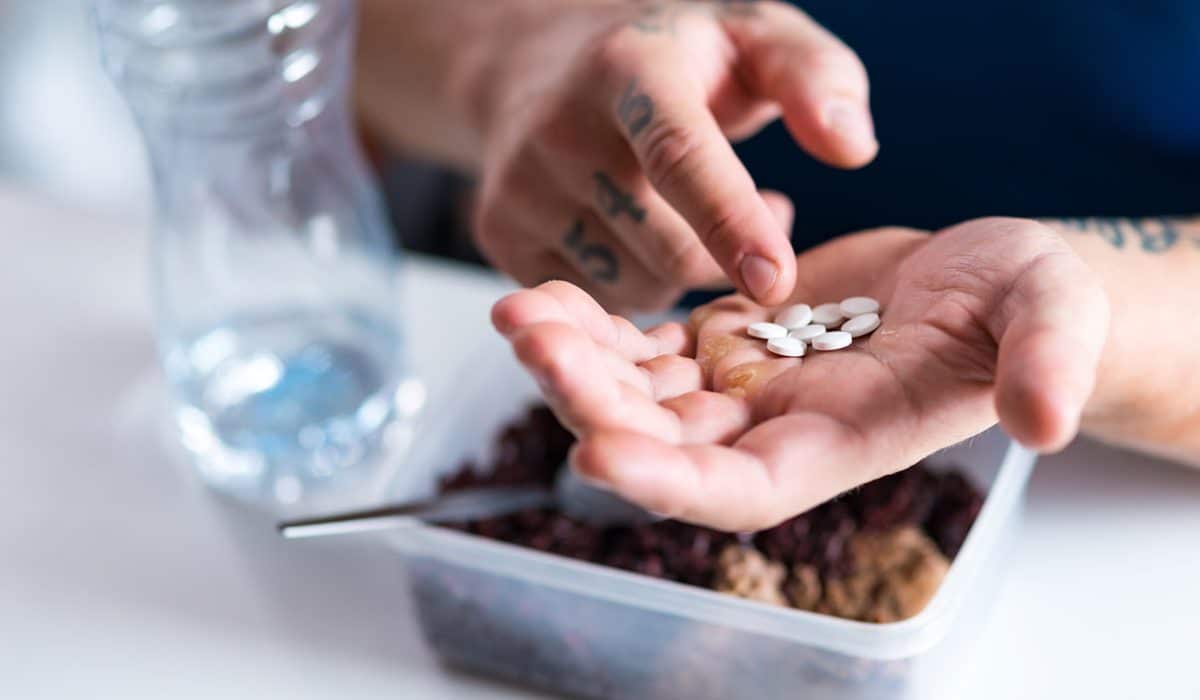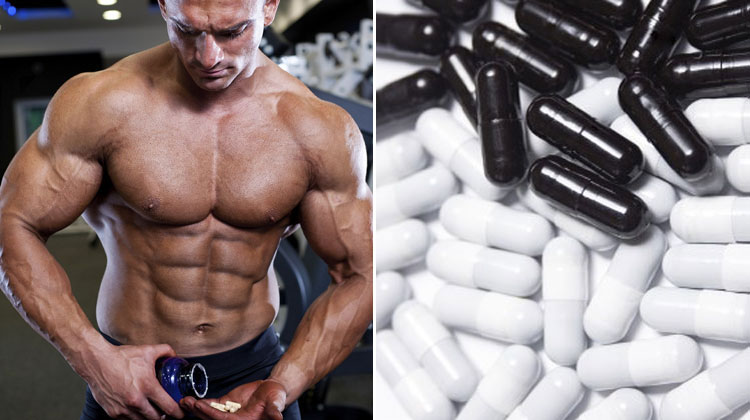Many athletes and gym-goers are turning to some popular but potentially dangerous new pill to help them build muscle and gain strength: a steroid alternative known as SARMs.
The pills are widely marketed on the internet as “legal steroids” that supply the muscle-building benefits of anabolic steroids without the troubling side effects. And as the products are legal — at least so much — their spread has alarmed health authorities, who say they are not always secure.
Medicine companies developed SARMs, which stands for selective androgen receptor modulators, as an alternative to anabolic steroids for people that suffer from age and disease-related muscle reduction. But they are the topic of ongoing clinical trials also have never been accepted for use by the Food and Drug Administration.
Back in October, the bureau issued a public advisory cautioning that SARMs were antipsychotic drugs connected to”serious security concerns,” such as the potential for an increased risk of liver toxicity, heart attacks and strokes.
A month later, research published in JAMA revealed that products advertised as SARMs were often misbranded and tainted with unlisted ingredients. Out of 44 products which were purchased online and analyzed, only about half comprised an actual SARM, while 10 percent contained none in any way. Roughly 40 percent had other hormones and unapproved drugs. A number of included a drug that has been left by GlaxoSmithKline several years ago after it was found to cause cancer in animals.

The long-term effects of using SARMs are largely unknown, and people who purchase products marketed as them can’t be completely sure what they’re putting in their bodies, stated Dr. Shalender Bhasin, the manager of study applications in men’s health, aging and metabolism in Brigham and Women’s Hospital and an author of the JAMA report.
“We don’t know whether these chemicals are secure,” he stated, “but we do understand that some of them have side effects”
That hasn’t stopped a lot of people from experimenting.
Thaddeus Owen, 42, a self-described biohacker who lives in Saint Paul, Minn., started using SARMs in 2016 in combination with a diet and exercise program. He said that the pills helped him pack on five pounds of muscle in four weeks, which he recorded on his website, “PrimalHacker.” He argued that educated adults should be permitted “to experiment on ourselves and enhance our biology,” but added, “that this is definitely a use-at-your-own-risk kind of supplement”
Anti-doping officials have known about SARMs for some time and have seen an increasing amount of elite athletes together. Since 2015, the United States Anti-Doping Agency has imposed sanctions on over two dozen track and field stars, weight lifters, cyclists, mixed martial artists as well as others for testing positive for an assortment of SARMs, most often the one called Ostarine.
Last year, Joakim Noah, a center for the New York Knicks, was suspended for 20 games for testing positive for a SARM. The college basketball superstar Allonzo Trier of this Arizona Wildcats was likewise suspended for utilizing SARMs. And in October, a top CrossFit Games competitor, Ricky Garard, was stripped from his own third-place name after testing positive for two SARMs: Ostarine and testolone.
While the underground usage of SARMs has made them contentious, the drugs can one day serve a vital purpose for many individuals.
Scientists developed SARMs years ago to counter the age-related decrease in muscle building and strength that tends to start around middle age and that could lead to falls and broken bones. Many chronic diseases, such as cancer, heart failure and kidney disease, can also be punctuated by a reduction of muscle and physical mobility.
Anabolic and androgenic steroids like testosterone help individuals regain muscle and physical function. But they act on several cells throughout the body and also have been connected to a litany of potential unwanted effects, such as prostate issues and cardiovascular events.
SARMs were designed to selectively target lean muscle and spare different tissues, in an effort to reduce some of the unwanted effects. A number of trials have been looking at their usefulness in cancer sufferers, individuals recovering from hip surgery, and postmenopausal women with urinary incontinence linked to weak pelvic muscles.
A three-week trial at Boston University revealed that LGD-4033, a SARM developed by Ligand Pharmaceuticals, was safe and tolerable in healthy men, producing”considerable gains in muscle mass and stamina” without increasing levels of a protein linked to prostate cancer. But it had other consequences too, for instance causing a drop in HDL cholesterol, the protective form, which raised questions regarding its effects on cardiovascular health.
“long-term studies are required to describe the effects of long-term SARM management on cardiovascular risk,” the authors concluded.
Thomas O’Connor, a physician who founded a men’s health clinic and published a book called”America on Steroids,” stated that a lot of his patients are anabolic steroid users who turned to SARMs because they were advised that they were safe and nontoxic. He explained that because 2010 has witnessed”hundreds, possibly over 1,000 guys on SARMs” from all walks of life: police officers, defense workers, amateur athletes, accountants and others.
It is difficult to ascertain the precise impact of SARMs because many men and women using them blend them with other drugs, supplements and substances, Dr. O’Connor said. But one thing he often sees among people using SARMs is their cholesterol profiles Enhances and their liver enzymes rise, an indication of greater strain in their livers. Some also experience diminished sex drive, hair loss, irritability and acne, though it’s often hard to know whether it is the SARMs causing these signs or some other unlisted ingredients in the goods.
As a longtime power lifter, Dr. O’Connor stated he relates to a lot of his patients and understands their desire to become bigger, fitter and stronger. But he guides them to give up the drugs they are using because they’re jeopardizing their health.
“I always tell them the exact same thing,” he said. “All these are illicit brokers. They are not supported by expert guidelines and they are dangerous. Therefore don’t take them”
The Council for Responsible Nutrition, a supplement industry trade group, launched a campaign on interpersonal media, #SARMSCanHarm, and can be working with sports clubs, fitness centers and coaches around the country. The army and the federal government have an awareness campaign about risky products known as Operation Supplement Safety.
Patricia Deuster, a professor of military and emergency medicine at the Uniformed Services University of the Health Sciences, stated SARMs are popular amongst several soldiers as they’re easier to access than anabolic steroids, however, she warns them that there are hazards, mentioning one soldier who suffered liver damage and could not deploy with his unit because he was hospitalized after using a product comprising SARMs along with other components.
“We try to inform them that there are different ways that they can achieve their aims without risking their health or their ability to keep their setup status,” Dr. Deuster said. “We are trying to teach them”

